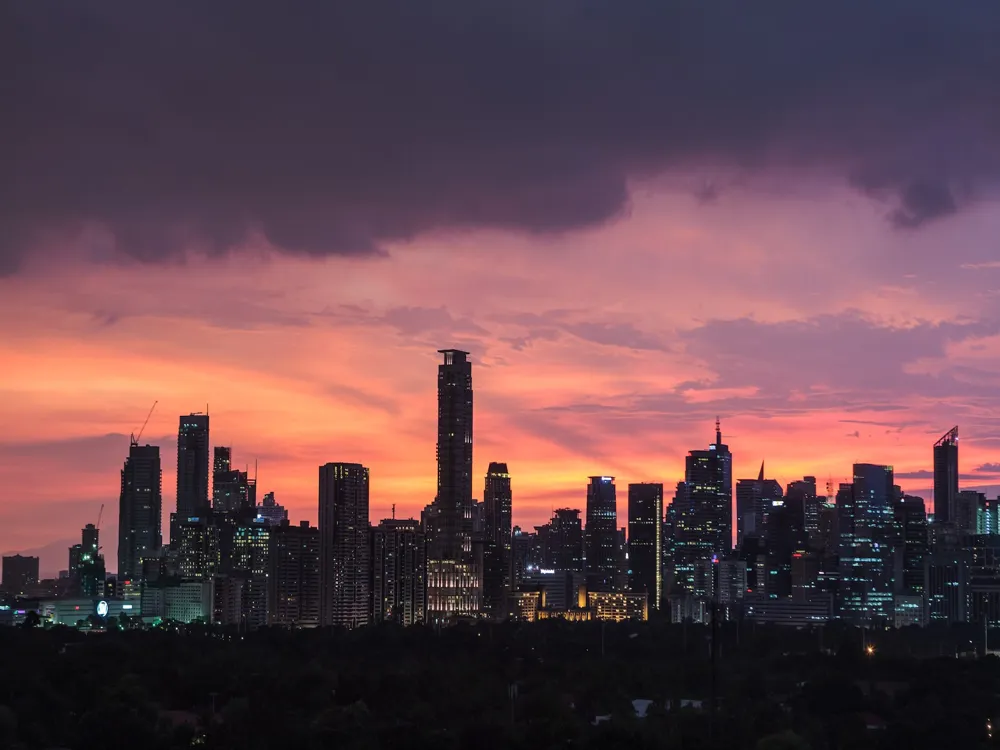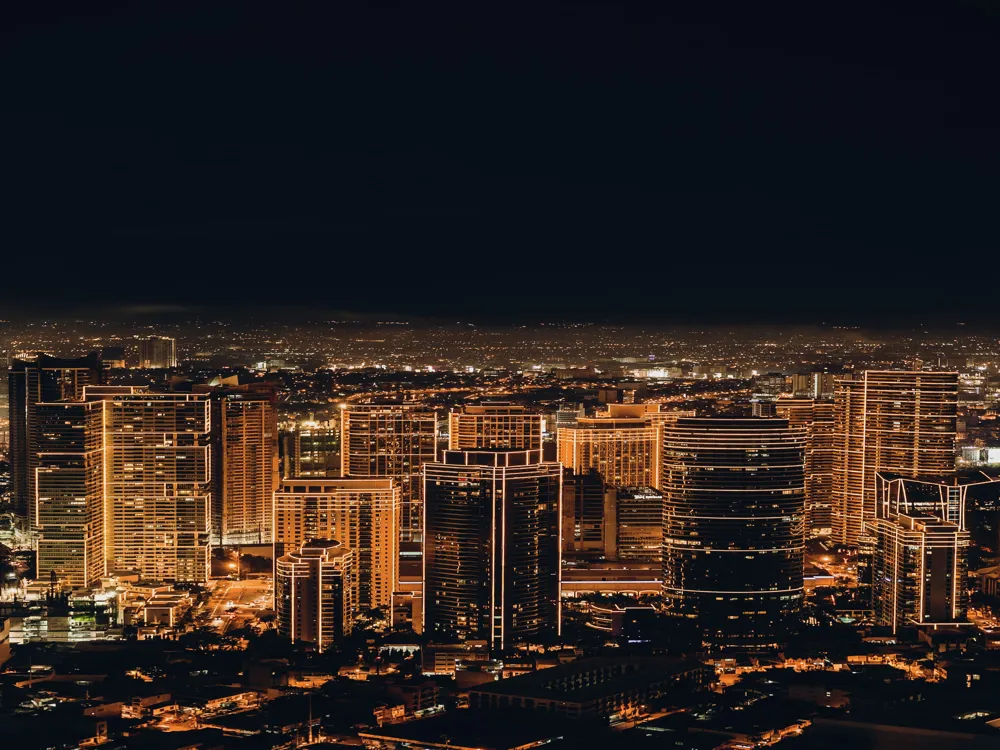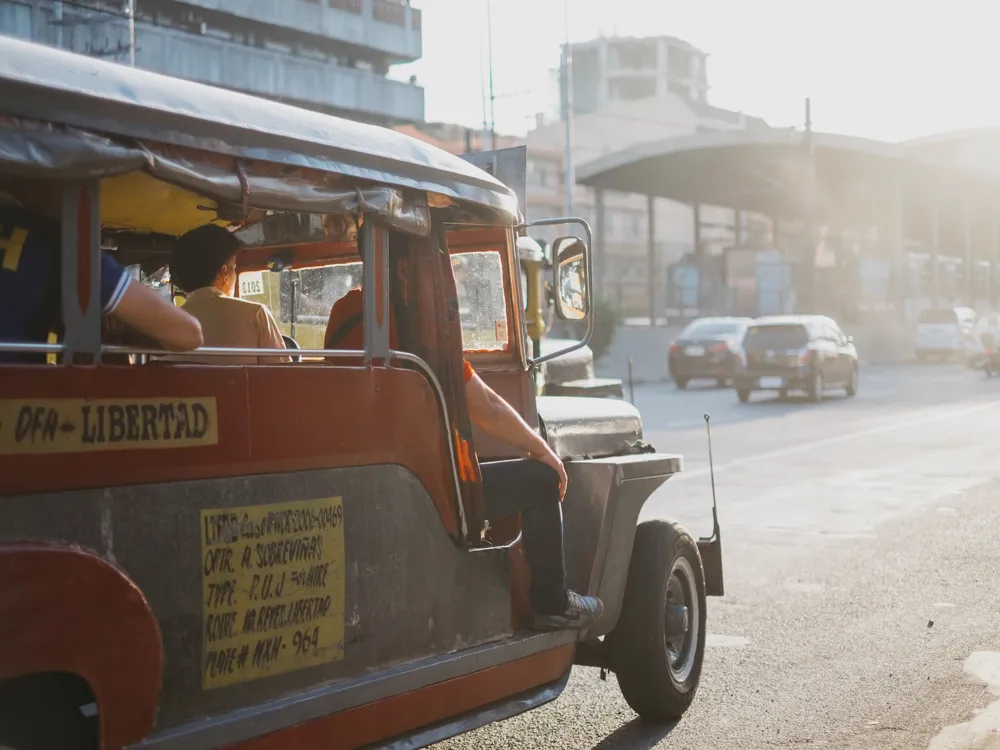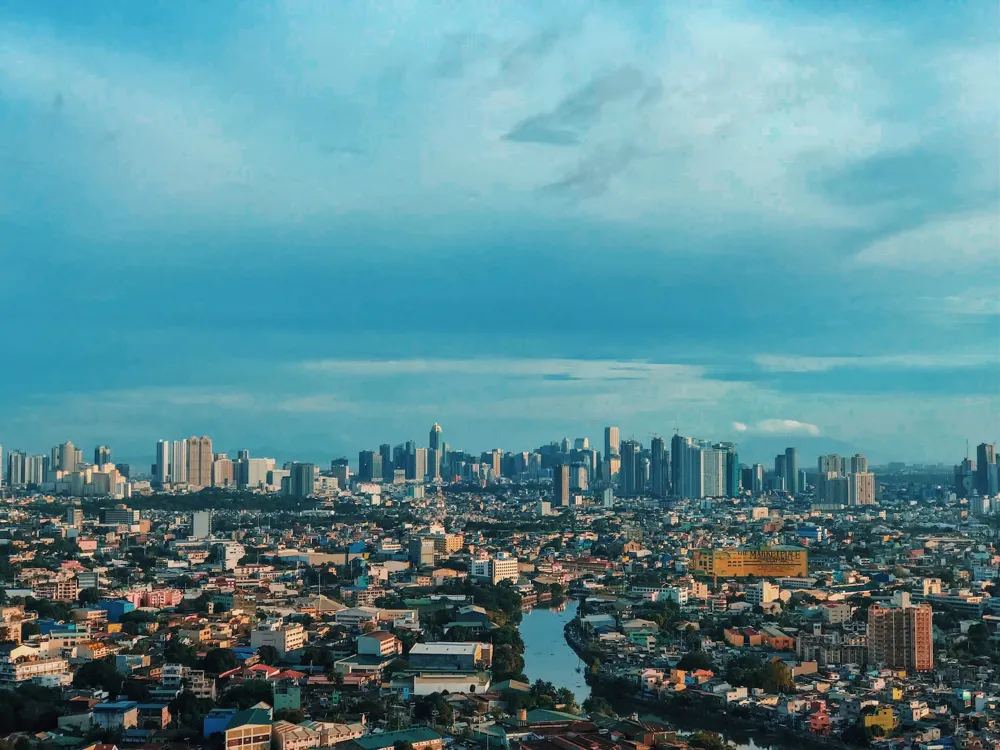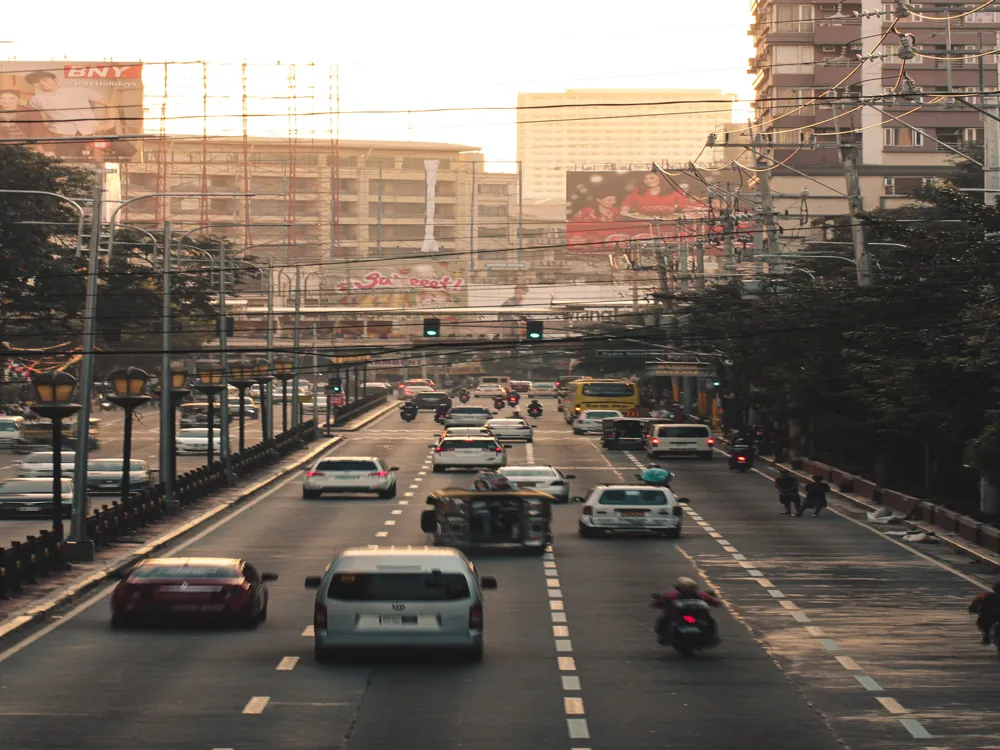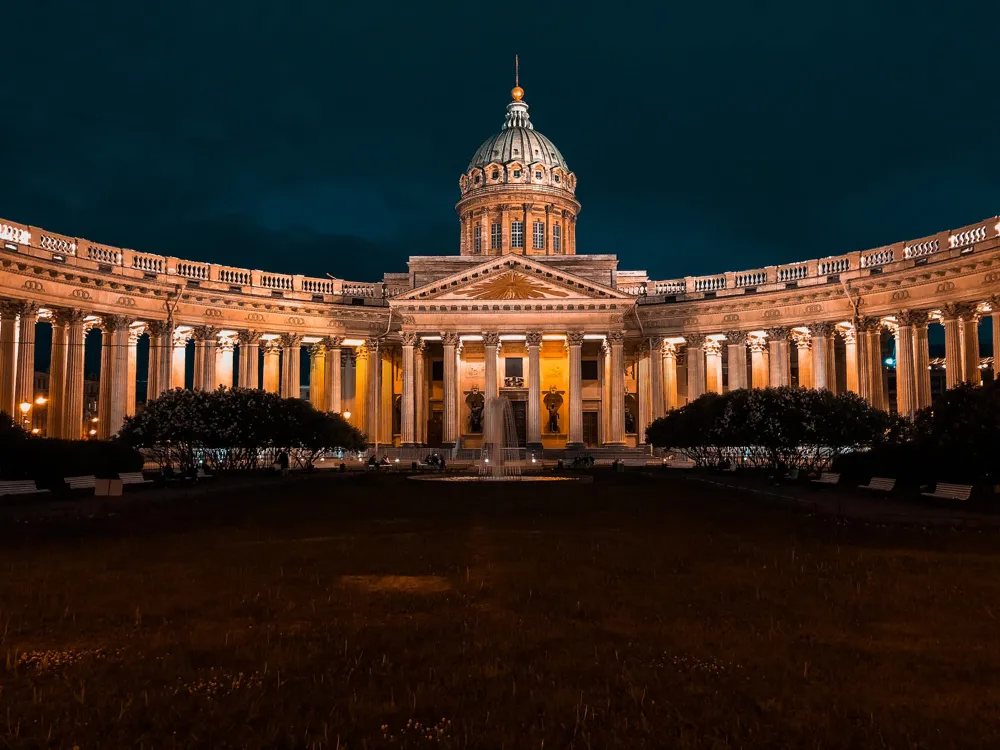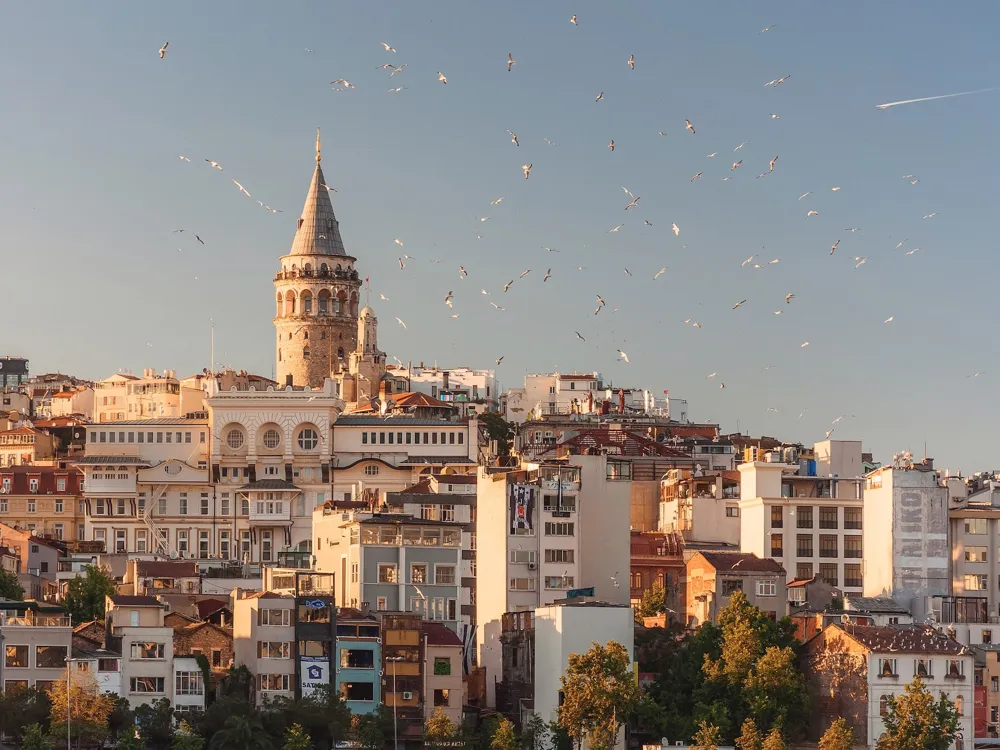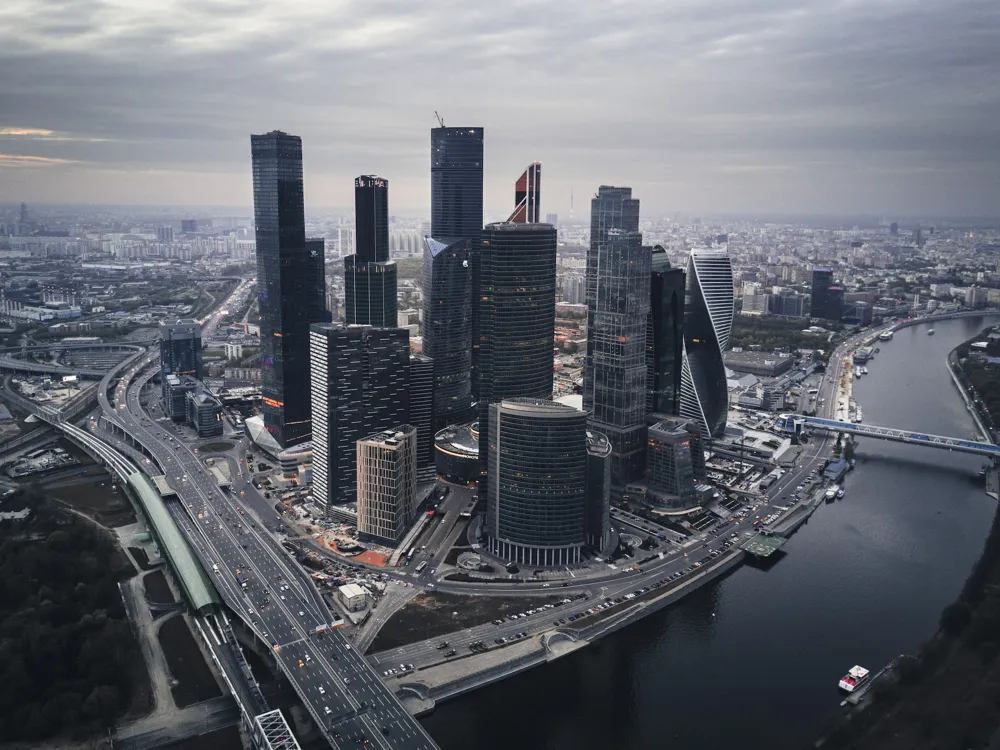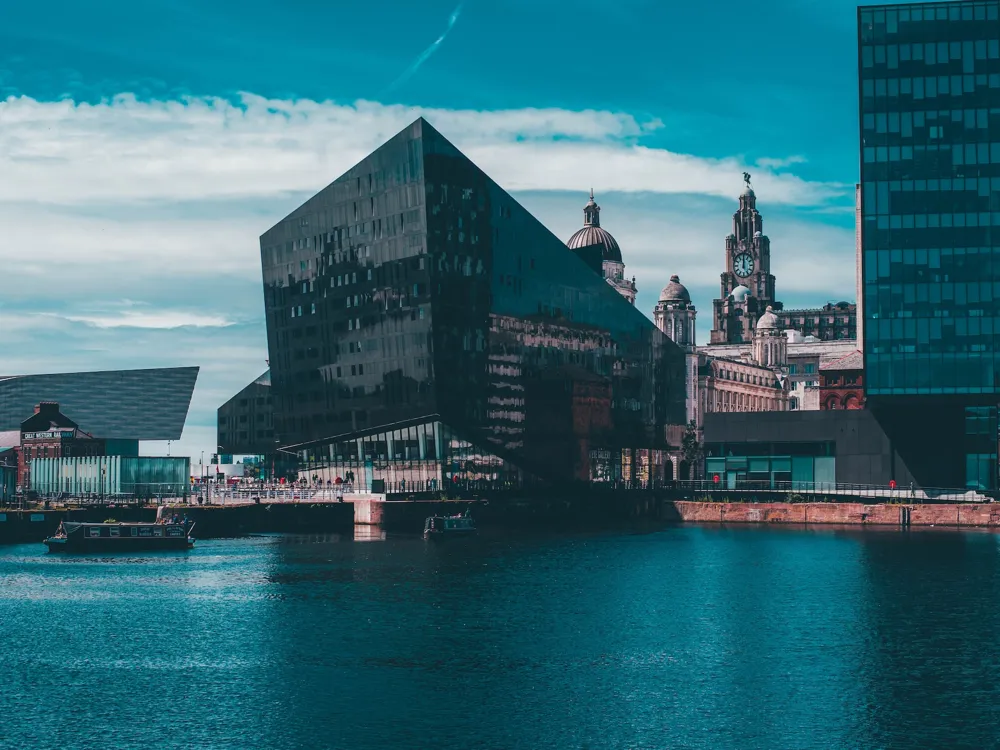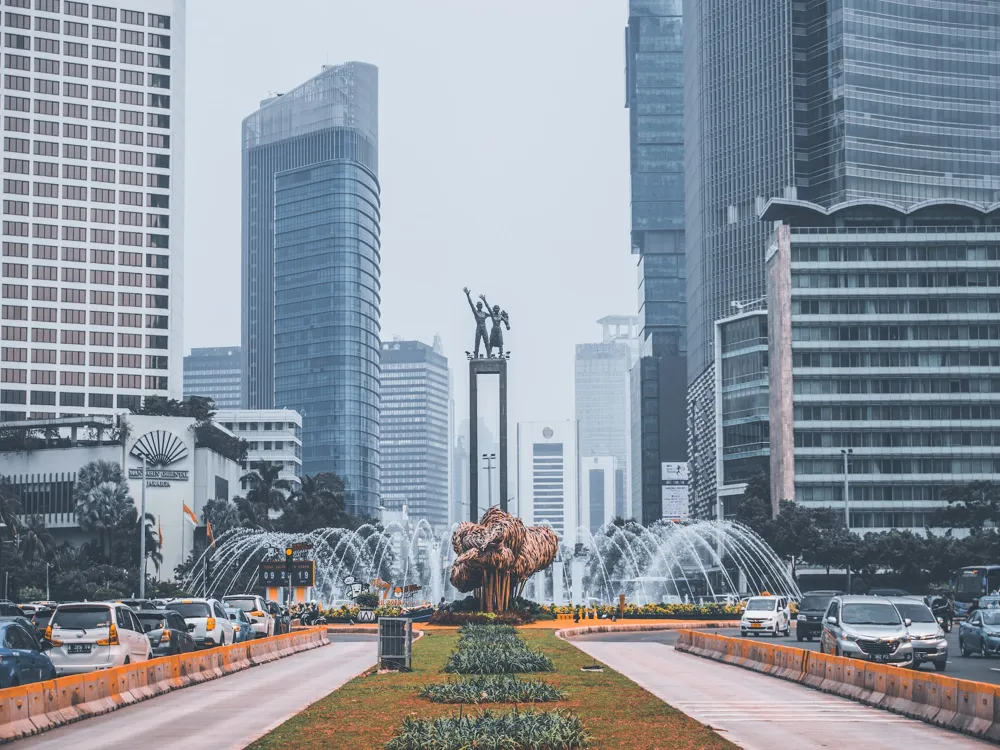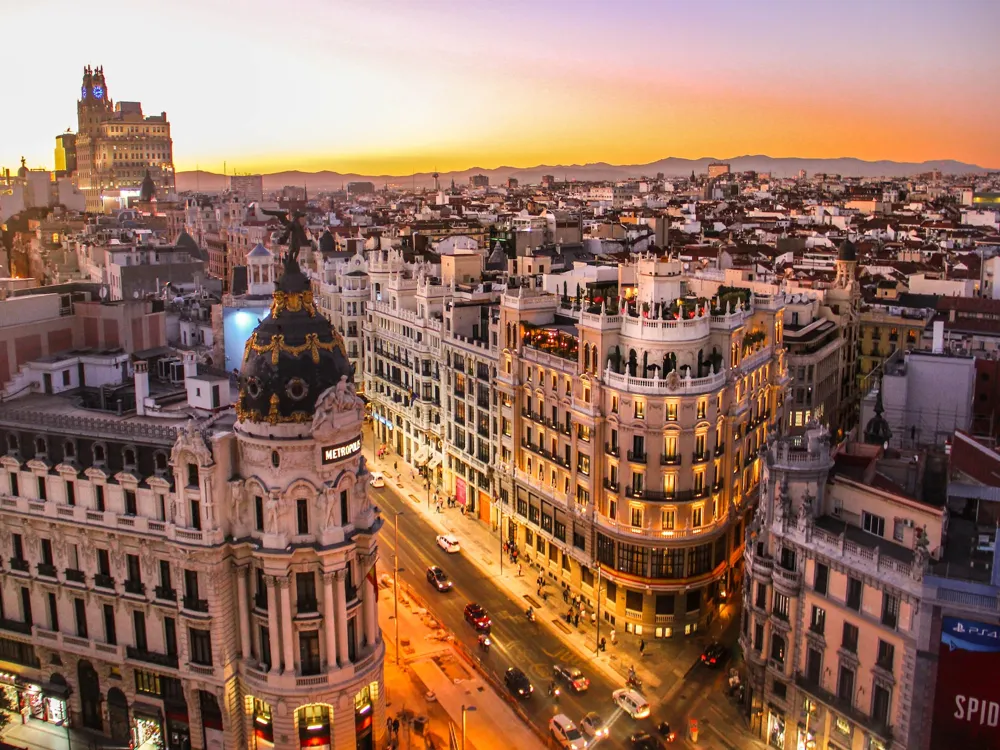Plan Your Travel To Manila
Places To Visit In Manila
Ariel’s Point
Located near the rustic fishing hamletof Buruanga, off the coast of Boracay in the Philippines, Ariel’s Point is an eco-adventure destination and a popular day trip destination which offers a host of adventure activities and sports like kayaking, paddle boating, snorkelling etc. However, the prime attraction of the place is the very famous cliff diving activity that draws tourists to the tropical paradise. The place also offers pick and drop service from Boracay that is just a half hour boat ride and the package includes a boat cruise, buffet lunch, unlimited snacks and drinks, and a plethora of adventure activities that you can try.
Read More
Arroceros Forest Park
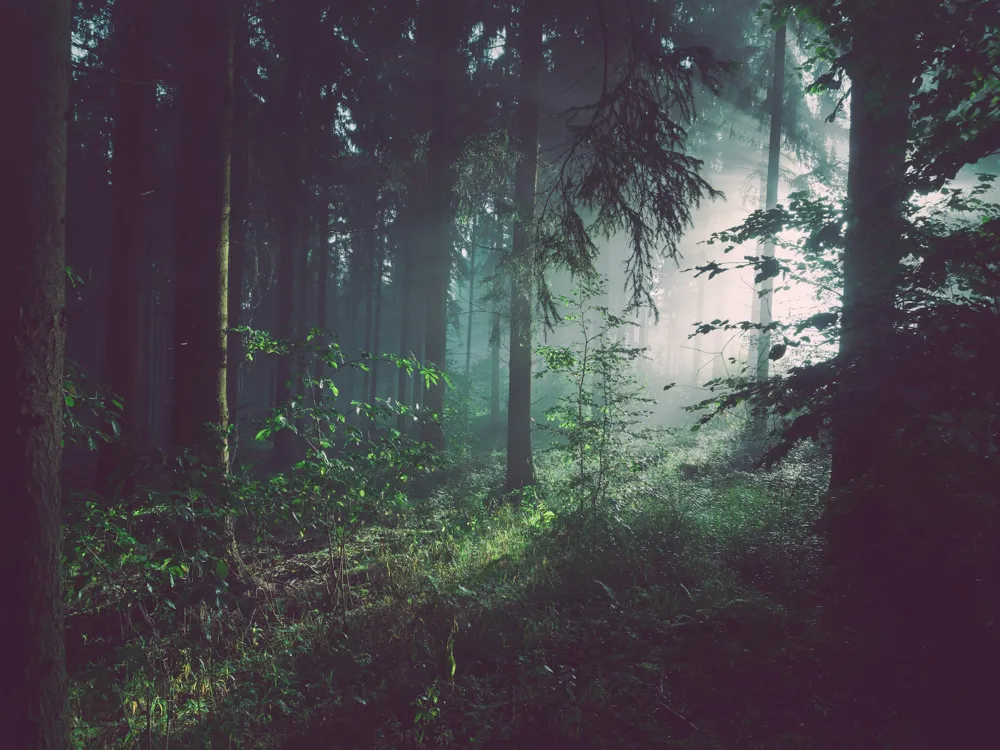
Situated on Antonio Villegas Street (formerly known as Calle Arroceros) in the central district of Ermita in Manila, Arroceros Forest Park is a hidden secret and a verdant oasis. Sheltering a wide variety of ornamental plants and some very rare breeds of avifauna, it is also dubbed as ‘Manila’s last lung’ as it is the only nature park in the city.
Flanked on the riverside of the River Pasig, the park was developed in 1993 and sprawled over a vast 5.4 acres of urban forested land. Abound with shady dense green trees, coupled with the eerie yet tranquil silence and peppered with beautiful brooks, the forest is considered to be the green lung amidst the chaos and cacophony of the hustling city. The City Government of Manila manages and maintains the park in partnership with the private environmental group- Winner Foundation. Providing a refreshing change from the heat and pollution of the city, the lush green park is one of the prime attractions of Manila, thronged by both locals and tourists alike.
Read More
Ayala Museum
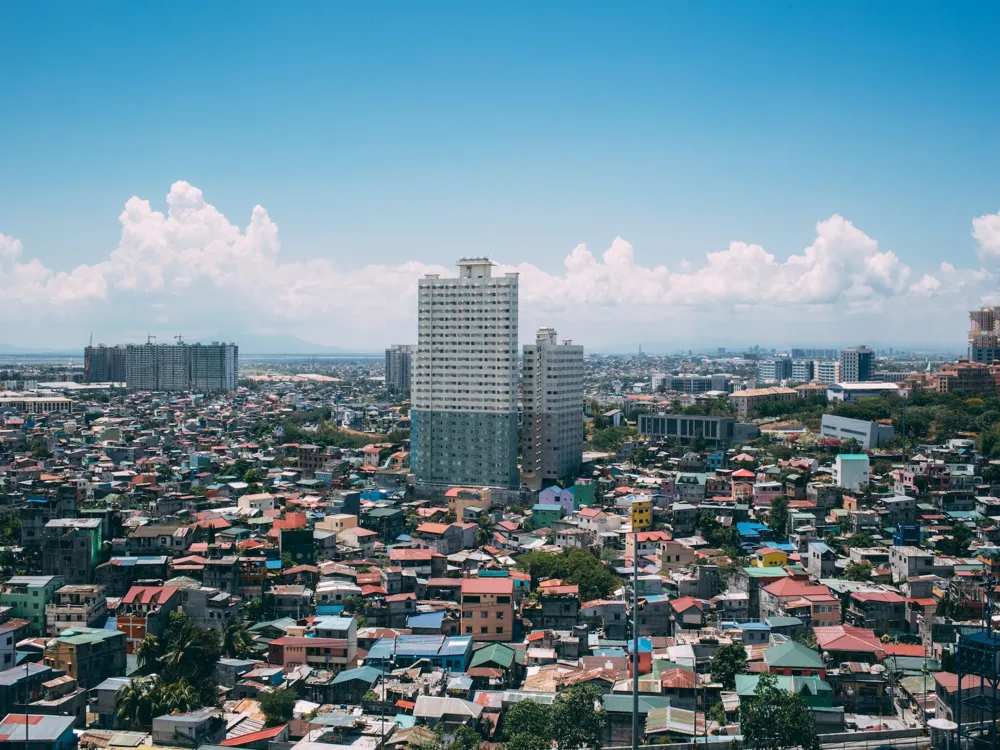
Situated next to the Greenbelt Mall within the Ayala Complex in Makati, Ayala Museum showcases ancient and contemporary relics of Filipino culture, art, and history. The highlight of the repository is the exhibition of the 60 magnificent dioramas, efficiently and picturesquely tracing the country’s history. Among the popular displays are the pre- Hispanic gold jewelry, rotating art exhibits, and the stunning textile collection, etc.
Besides, the museum holds frequent discussions, workshops, lectures and exhibitions on art, photography and writing etc.
Read More
Bahay Tsinoy
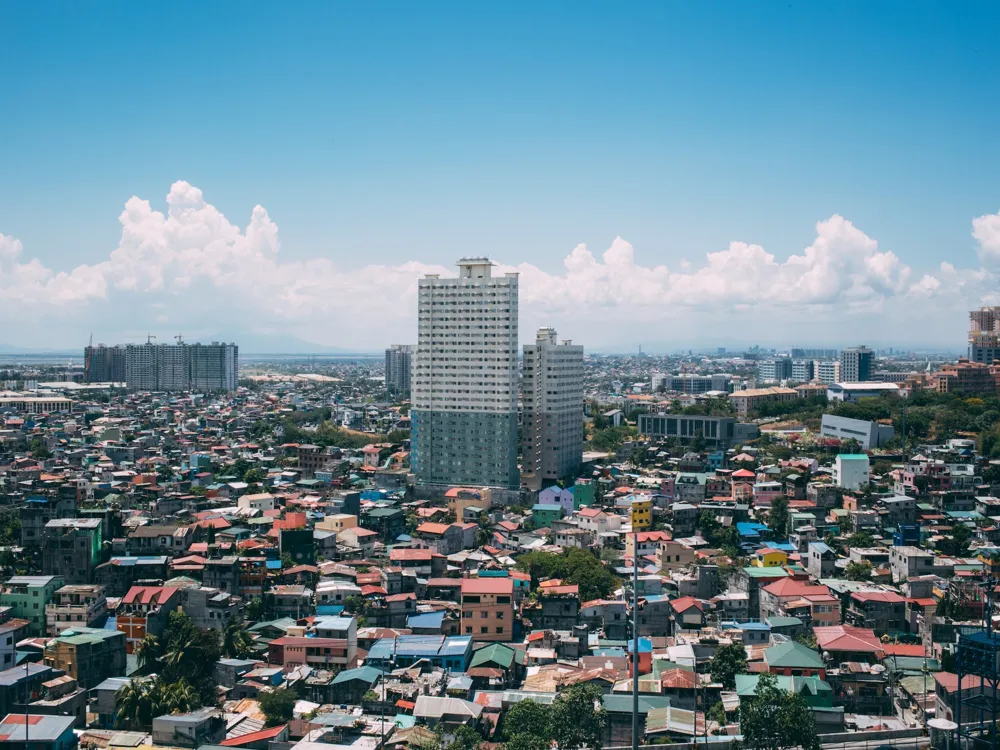
Located in Intramuros, Bahay Tsinoy is an age-old museum housed within the premises of the Kaisa-Angelo King Heritage Center building. It documents the history and contributions of the Chinese in the past life and development of the Philippines. The repository houses several dioramas, sculptures, porcelain collections, pictures, and old coins that help depict the contribution of the sangleys (Chinese, as called by the Spanish) in the growth of the city of Manila.
The museum also has lifelike scenes depicted from the lives of the Chinese and Mestizo (mix of Spanish and Philippino) when they lived in the ghettos. Basically, it traces a timeline of the development of the city right from the pre-Spanish Chinese trading to the Spanish era, the establishment of Chinese ghettos and the Galleon trading that happened between China and Europe through Manila. The museum is one of the top attractions in Manila and is especially popular among students and history buffs.
Read More
Binondo
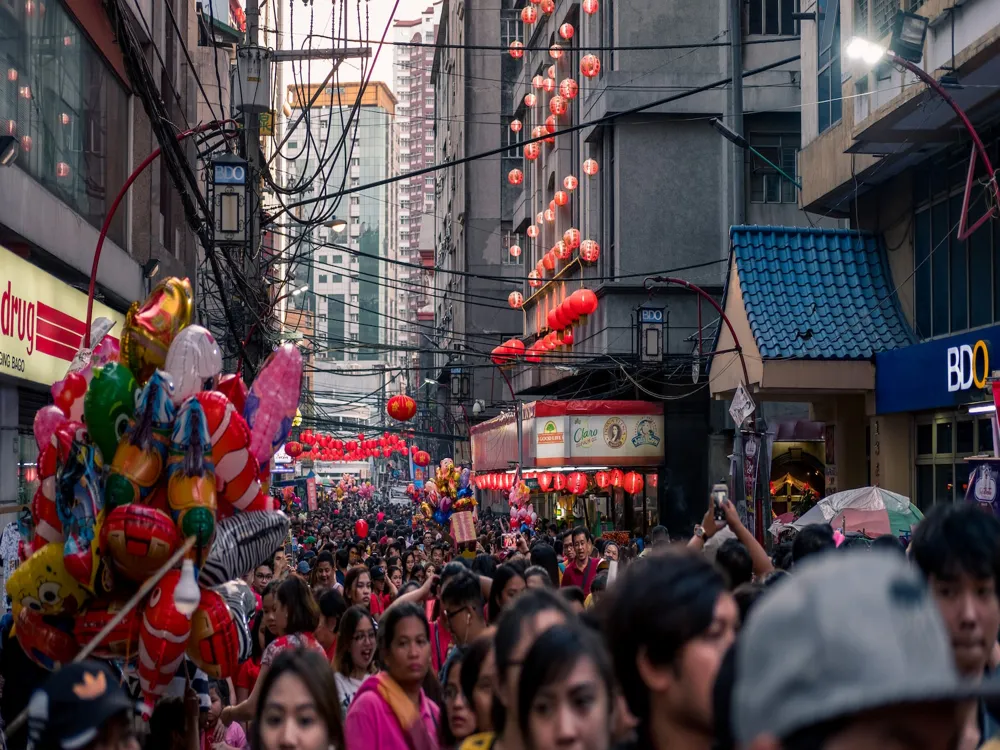
Binondo is Manila's Chinatown, lined with quaint cafes and affordable eateries. Established in 1594, it is the world’s oldest Chinatown.
The street is flanked by cozy shops of goldsmiths, tea houses, herbalists, bakeries, incense sticks, and the like. The Seng Guan Temple and the Kuang Kong Temple are also located here.
Although the Spanish colonial architecture of the town is rapidly being torn down to make place for newer and better buildings, the culture and essence of the ancient town remain, which even extends to adjoining areas like Quiapo, Santa Cruz, San Nicolas and Tondo. Among the most notable buildings and places of attraction, the top ones include Chinese Cemetery, Bahay Nakpil, Calvo Museum, Golden Mosque, Plaza Miranda, Quiapo Church and Filipino- Chinese Friendship Arch etc. The district now houses many more newcomers and immigrants, including Americans, Japanese and Spaniards. Originally established by the Spaniards as a settlement for the Catholic Chinese near Intramuros, the place was a hub for the Chinese trade and commerce run by the Filipino-Chinese in the olden days.
Read More
Bonifacio Global City
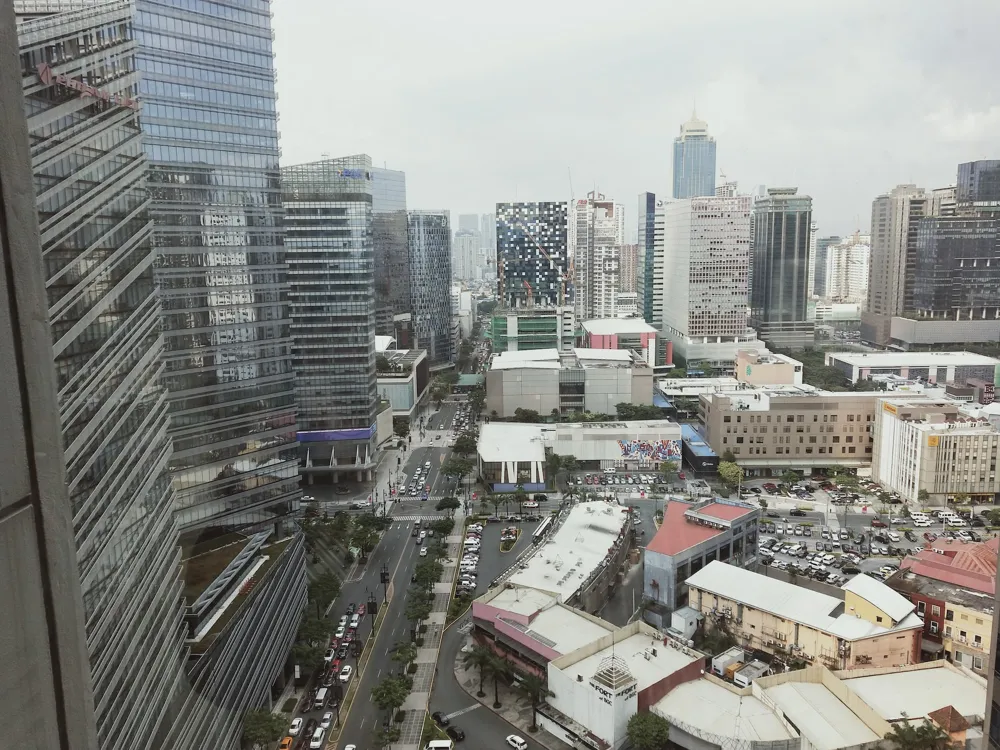
Bonifacio Global City, also known as the Global City or The Fort, or simply BGC, is a shopping, tourism, entertainment, and dining destination in Manila. It is known for its glitzy malls, global restaurants, cocktail bars, hip cafes, and popular nightclubs.
It boasts rocketing skyscrapers, classy hotels, and condominiums, a performing arts center, world-class museums, etc. Following a strict code of planned districts, the city flaunts pedestrian-friendly roads, modern use of urbanism, mixed-use buildings, and the like. Besides, it follows rigorous codes of cleanliness, safety, and traffic regularity. The area lacks the traditional Filipino character that rest of Manila displays. Although it displays an international character but interestingly enough it is built by the locals from all over Manila. The most popular attractions in the district include Manila American Cemetery which is the largest American World War II cemetery in the world, and the affluent neighbourhood of McKinley Hill which will remind you of the daintiness and charms of Italy.
Read More
Casa Manila
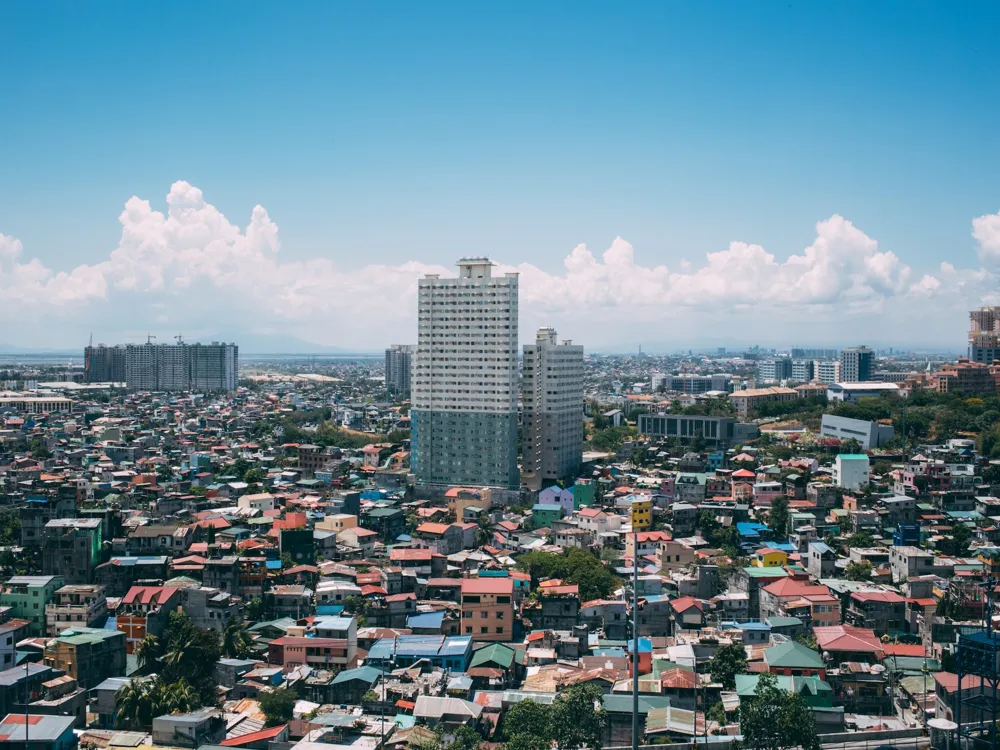
Casa Manila is a stately museum situated on General Luna Street within the walled city of Intramuros. Constructed in 1980 by Imelda Marcos, the regal building boasts Spanish colonial architecture. It is designed to replicate the 1850s San Nicolas House that once existed in Calle Jaboneros and depicts the colonial lifestyle of the Filipinos during the Spanish colonization of the state.
The three-storeyed building has several huge rooms named sala, despacho, comedor, cuartos, cocina, baño etc., adorned with period furniture and antique furnishings to give the authentic look and feel of a 19th-century mansion. The place boasts spacious hallways, huge archways, and beautiful fountains. The furniture occupying the place is believed to have been exported from Chinese and European countries. Except for the kitchen, toilet, and bathroom, the guests are allowed to only walk on the red carpet and are not allowed to touch the displays. Photography is prohibited. There is also a souvenir shop outside where you can buy knick-knacks and a cafe where you can get refreshments.
Read More
Manila Chinese Cemetery
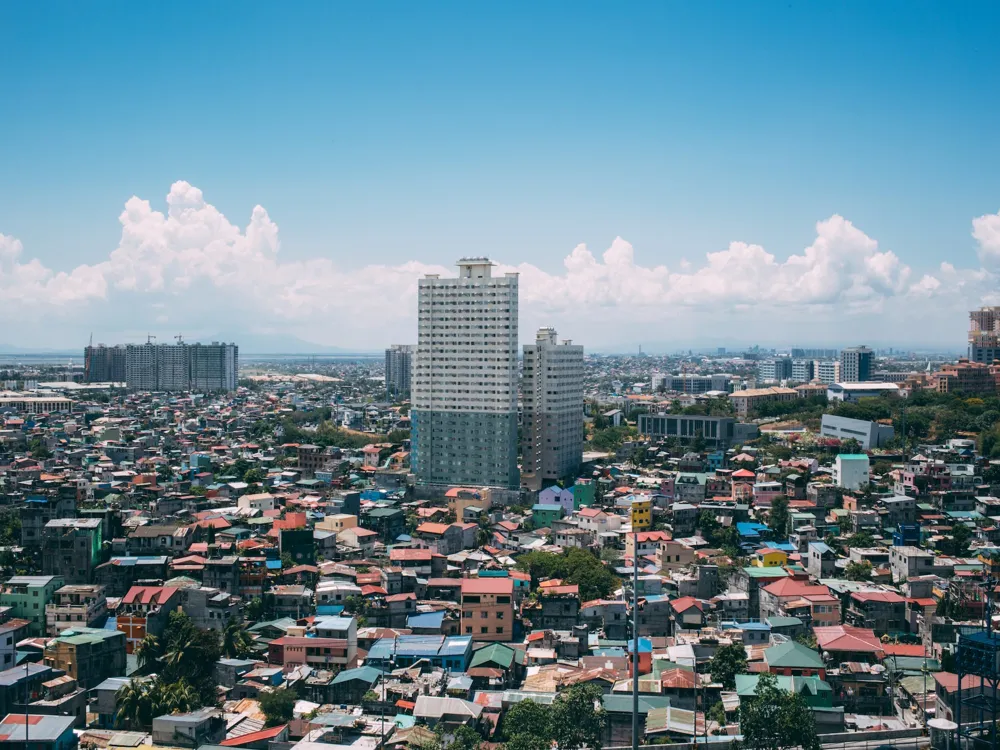
Popularly called “Millionaires' Row” and “Little Beverley Hills”, the Chinese Cemetery is a luxuriant resting place built to bury the wealthy Chinese citizens who were refused burial in the traditional Catholic cemeteries during the Spanish colonial period. The place is flanked by posh villas and gorgeous houses that are mausoleums. These houses are occupied by the relatives of the deceased, who visit the tombs occasionally to offer prayers.
They are also fully functional households adorned with stunning chandeliers, air cons, running water, kitchens, and flushing toilets. Aside from this lavish section of the cemetery, there is also a poorer section situated away from the entrance. This area has regular tombs and mausoleums, which are made for the people who cannot afford the grand plots. The entire suburb has landmarks in between like the Chong Hock Tong Temple known to be the oldest Chinese temple in all of Manila, the Martyrs Hall which was built in honour of the Chinese community leaders who were executed by the Japanese, during World War II and the Ruby Tower Memorial which is dedicated to the Japanese- Filipino who died during the 1968 earthquake. These are all important tourist attractions in the city of Manila. A tour of the place is historically, architecturally, and culturally enlightening.
Read More
Dampa Seaside
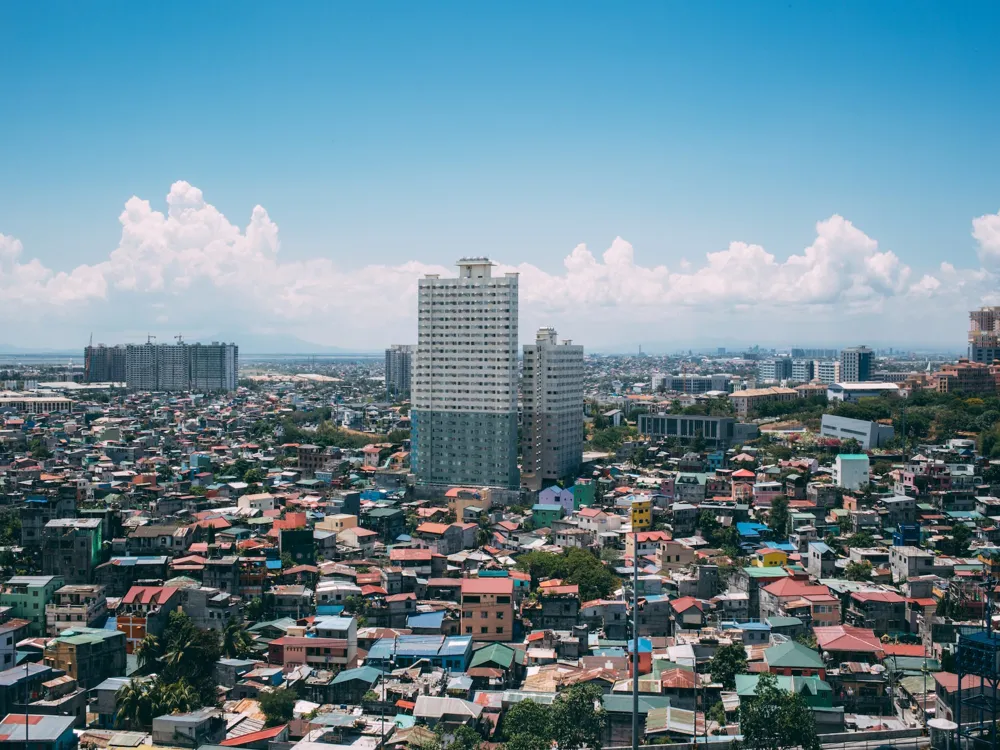
Situated between Sofitel Philippine Plaza Manila and the Manila Film Center at the CCP Complex, Dampa Seaside, also known as the Pasay Seafood Market is a seafood market with a host of dine-in restaurants. Considered to be a treasure of good quality seafood like scallops and mantis, shrimp, oysters, lobsters, squids, stonefish, and red frog crabs.
These restaurants are called ‘dampa’ which is a Filipino word meaning traditional huts that are sheltered with coconut leaves and supported by bamboo sticks. Originally the restaurants were just huts where customers used to bring self-purchased fresh and raw seafood in order to be cooked in whatever way they wanted. The tradition continues even today, although the conditions of the restaurants have improved over the years, making the place a ‘modern’ dampa. Although the food prepared is most Asian, you can request your own recipe and have your own way. As per future plans, Dampa Seaside is also believed to have retail stores for lifestyle products, hotels and wellness shops, and the already existing dampas and local wet market place.
Read More
Divisoria Market
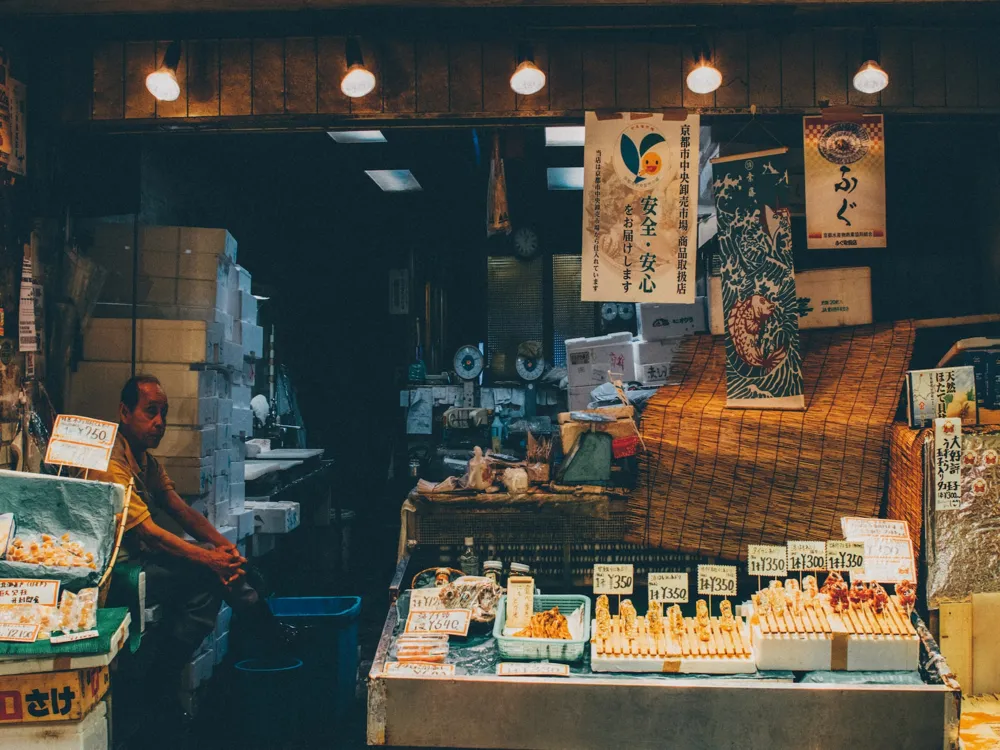
Considered the “Mother of all Markets” in Manila, Divisoria is a popular flea market in Chinatown. There are stalls selling clothes, bags, garments, footwear, textiles, accessories, food items, electronic equipment, crafts, home decor items, kitchenware, and the like. The market is also popular for its delicious street food
Chaotic and crowded, the dizzying lanes of Divisoria are a cacophony of street vendors, local eateries, and several ambient sounds, which bustle with frenzied shoppers. There are several eateries and food stalls selling Chinese food that you can devour without burning a hole in your pocket. Try authentic street Filipino street food and fresh fruits and vegetables from the vendors. The market now also has big brand stores and four enormous malls- Tutuban Center Mall, Divisoria Mall, 168 Mall, and Meisic Mall.
Read More
Manila Travel Packages
View All Travel Packages Manila
Nearby Places Manila
Browse Package Collections
Browse Hotel Collections










